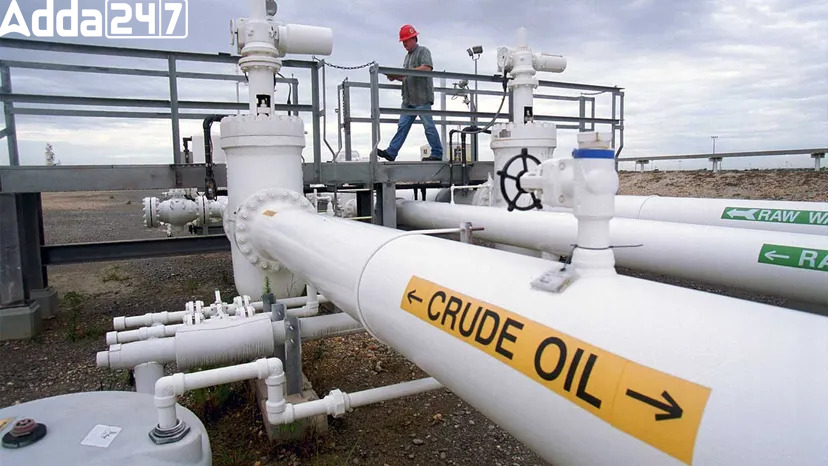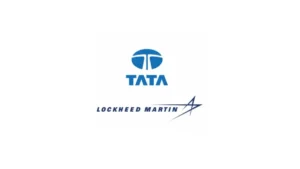India aims to bolster its strategic petroleum reserves (SPRs) by constructing its first privately managed storage facility in partnership with a private company by 2029-30.
Private Management and Trading Freedom
- India plans to establish its inaugural privately managed strategic petroleum reserve (SPR) by 2029-30, granting the operator the liberty to trade all stored oil.
- This approach mirrors the models adopted by countries like Japan and South Korea, allowing private lessees, predominantly oil majors, to engage in crude oil trading.
Expansion Plans and Commercialization
- India has previously allowed only partial commercialization for its existing three SPRs, collectively possessing a capacity of 36.7 million barrels.
- The nation intends to construct two new SPRs: an 18.3 million barrels cavern in Padur, southern Karnataka, followed by a 29.3 million barrels SPR in eastern Odisha, with private partners permitted to trade all stored oil domestically.
Strategic Imperatives and Global Positioning
- As the world’s third-largest oil importer and consumer, India seeks to enhance its SPR capacity to mitigate global supply disruptions and price fluctuations.
- The expansion of oil storage capacity also aligns with India’s aspiration to become a member of the International Energy Agency (IEA), necessitating members to maintain a minimum of 90 days of oil consumption.
Cost Estimates and Financing Mechanism
- ISPRL estimates the Padur SPR, alongside its associated pipeline and oil import facility, to cost approximately 55 billion rupees ($659 million).
- The federal government is expected to provide up to 60% of the total financing, with the bidder requiring the lowest federal financing or offering the highest premium for the 60-year lease securing the rights for the SPR.




 Amul Renews Partnership with Argentina F...
Amul Renews Partnership with Argentina F...
 Adani Group to Invest Over $75 Billion i...
Adani Group to Invest Over $75 Billion i...
 Tata–Lockheed Martin to Build New MRO Fa...
Tata–Lockheed Martin to Build New MRO Fa...







